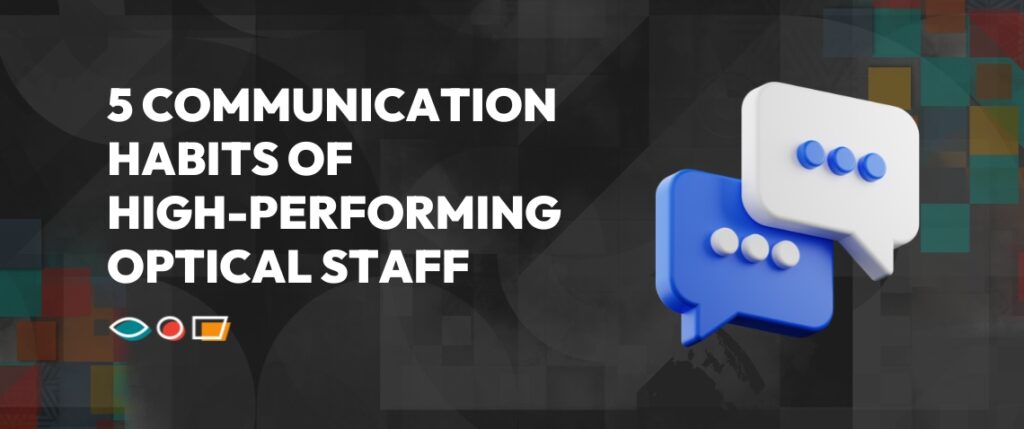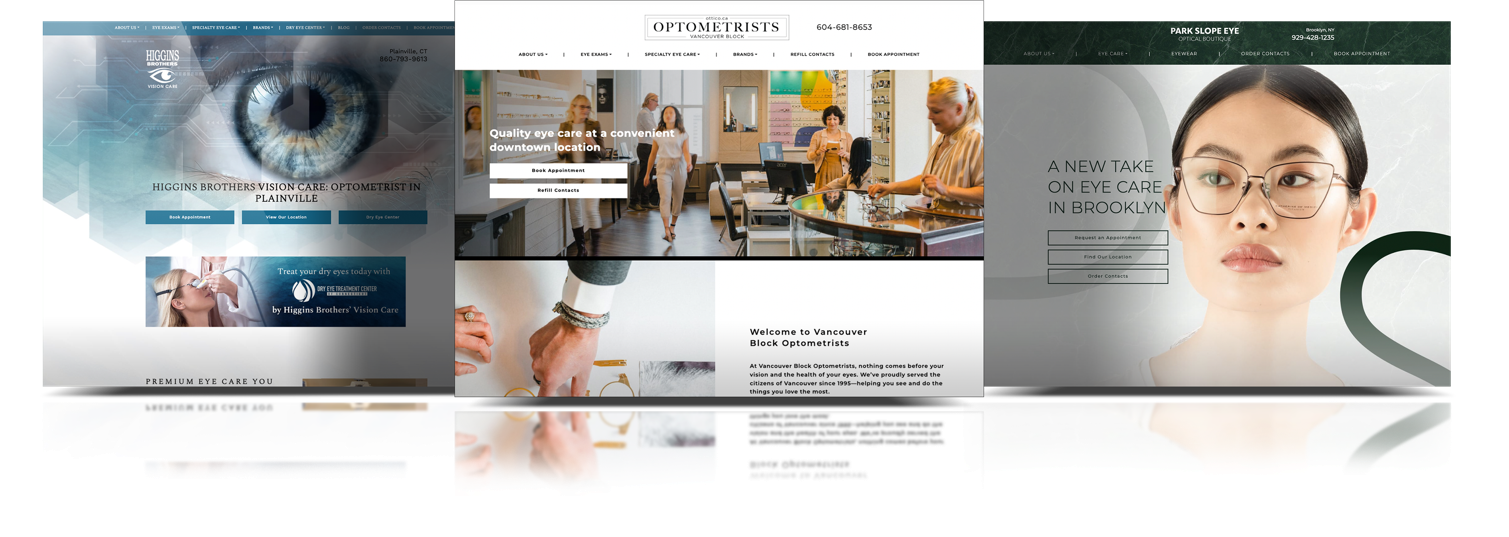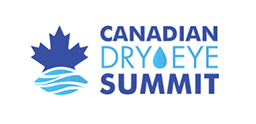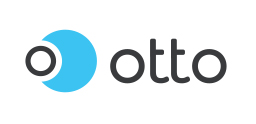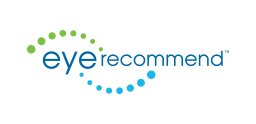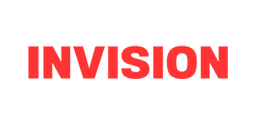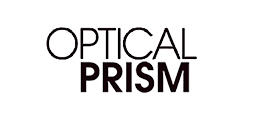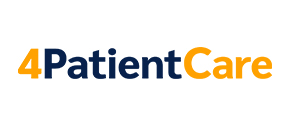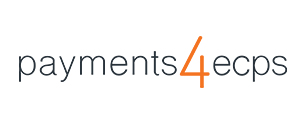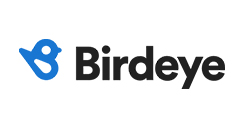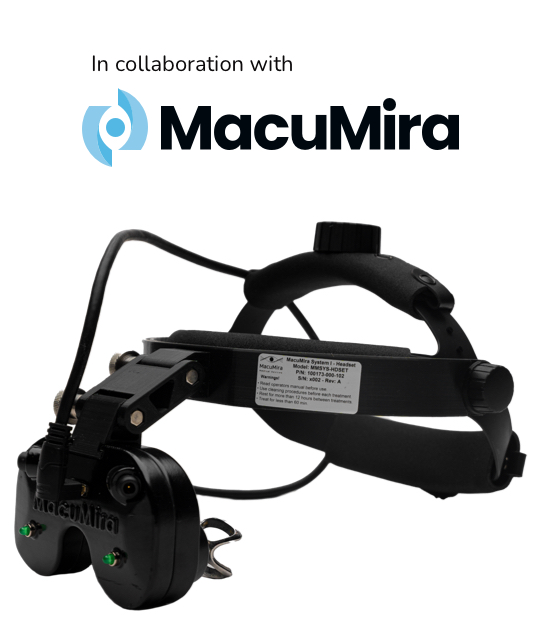In the optical world, communication isn’t just about talking, it’s about connecting with your patients. High-performing optical staff know that what they say (and how they say it) can shape a patient’s perception, build trust, and influence purchasing decisions.
Whether you’re a practice owner or optical lead looking to level up your team, understanding the communication habits that drive performance is a great place to start. Let’s break down 5 communication habits that set top optical staff apart, and how to bring them into your practice.
- They use language that builds trust and confidence
- They personalize every interaction
- They educate without overwhelming
- They know when to listen more than they talk
- They always follow through
1. They Use Language That Builds Trust & Confidence
High-performing staff use confident, consultative language that reassures patients and makes them feel well taken care of. This kind of communication shows they’re knowledgeable and invested in the patient’s best interest.
Examples of this habit in action:
- Swapping “This might work for you” with “Based on your needs, this is a great choice.”
- Framing features in terms of benefits: “This lens has blue light protection to help reduce eye strain when you’re on screens.”
- Avoiding filler words like “just” or “maybe” that can make recommendations sound uncertain.
Pro Tip: Roleplay scenarios in team meetings to practice switching from passive to confident language.
2. They Personalize Every Interaction
A high-performing optical team never treats patients like a transaction. They personalize every conversation by listening carefully, remembering details, and tailoring recommendations to match lifestyle, budget, and preferences.
What personalization looks like:
- Asking lifestyle-driven questions: “Do you spend a lot of time on the computer, or outdoors?”
- Referencing past visits or frame styles: “Last time you liked something bolder. Do you want to try a new color or stick with neutrals?”
- Recommending benefits and solutions, not just products: “These lenses will be great for your long commutes since they reduce glare during night driving.”
Why it works: Personalized conversations feel more like a collaboration than a sales pitch, which boosts patient trust and loyalty.
3. They Educate Without Overwhelming
Patients don’t want a crash course in optics, they want clarity. High-performing optical staff can explain complex products in a simple, digestible way. They offer education that empowers patients to make informed decisions without information overload.
Smart communication strategies include:
- Using analogies: “Think of this lens coating like a screen protector for your phone. It helps prevent scratches and damage.”
- Breaking it down: “Here are the 3 main things you’ll want to think about – lens type, coatings, and frame fit.”
- Asking check-in questions like: “Do you have any questions?” or “Would you like me to go into more detail?”
Pro Tip: Keep a few go-to explanations for common products or services, and train your team to use them consistently.
4. They Know When to Listen More Than They Talk
Here’s a secret weapon of skilled communicators: They pause. They listen. They let the patient lead. High performers understand that active listening builds rapport and gives patients space to share what they really need.
Active listening habits include:
- Making eye contact and using open body language
- Using affirming cues like “I see,” “Got it,” or simply nodding
- Summarizing key points back to the patient: “So it sounds like you’re looking for something lightweight and minimal?”
Why it matters: Listening helps staff pick up on both what’s being said and what’s being felt, which is essential in delivering a 5-star experience.
5. They Always Follow Through
High-performing optical staff don’t let communication end after the glasses are chosen. They know that following up and reinforcing next steps is key to ensuring patients feel supported after they walk out the door.
Follow-through habits to model:
- Clearly confirming what the patient ordered and expected timelines
- Giving take-home info (like lens care tips or a style card) with verbal reinforcement
- Checking in after the pickup: “How are your new glasses working for you?”
Bonus: Practices that automate follow-ups via email or text help optical staff stay connected with patients without adding to their workload.
Elevate the Patient Experience, Drive Sales, & Strengthen Your Practice
Great communication doesn’t just happen, it’s a skill that can be trained, refined, and integrated into your team culture. When your optical staff consistently practice these 5 habits, the results speak for themselves:
- Happier patients
- Increased optical sales
- Stronger loyalty and retention
- Better internal team collaboration
At Marketing4ECPs, we work with eye care teams every day to enhance their brand reputation, increase optical sales, and build better patient experiences. If you’re ready to take your team’s performance to the next level, let’s talk about how we can support your goals.


